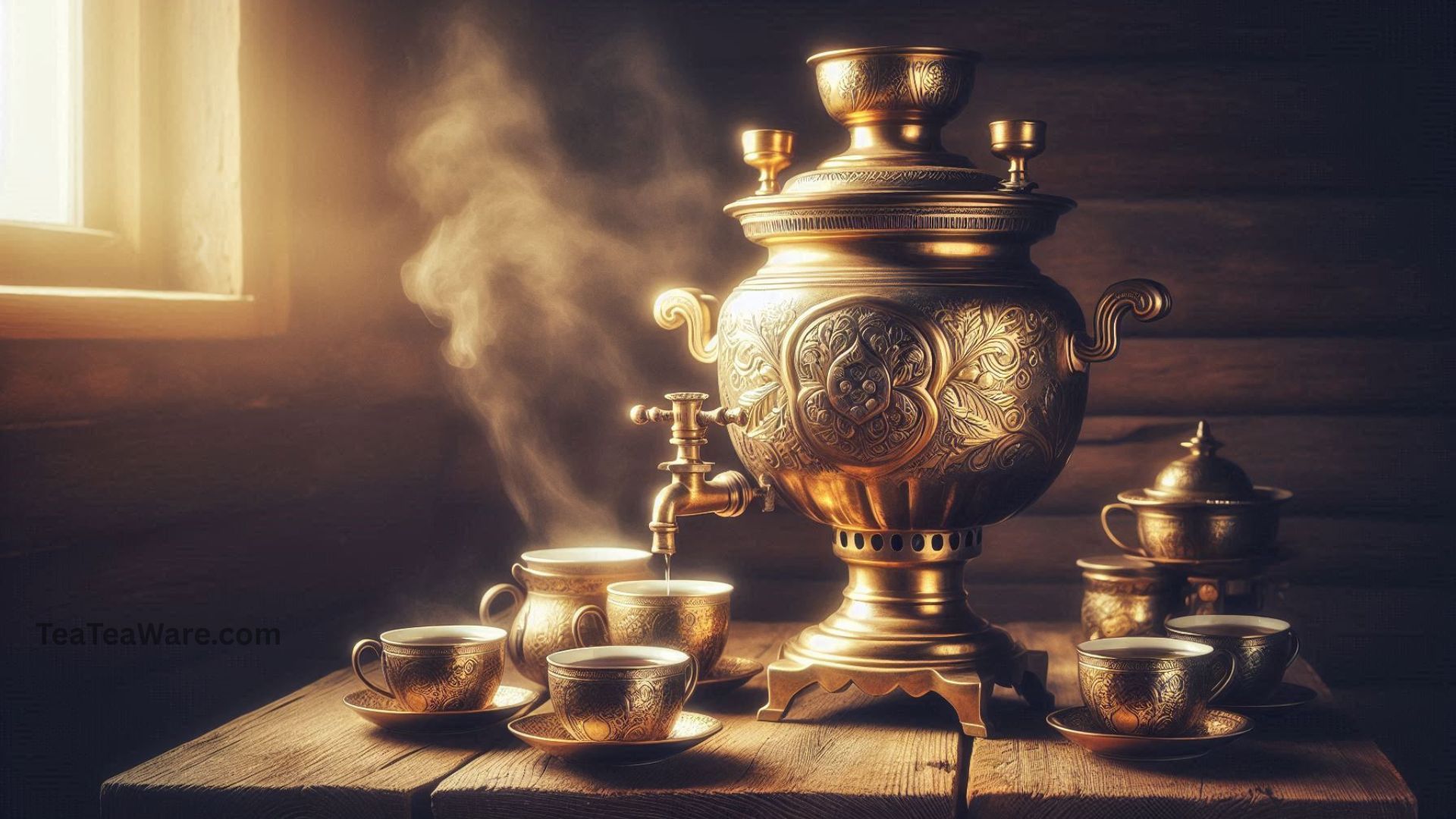Imagine fine china arranged on a floral tablecloth, a vase of fresh blooms gracing the center, and trays overflowing with delicate treats. Guests sit chatting over steaming cups of tea, dressed in smart attire, savoring each bite and sip. This is the quintessential British afternoon tea—a ceremony that blends tradition, hospitality, and indulgence.
At the heart of this ritual lies the humble teapot. Far from just a brewing vessel, the teapot is a symbol of connection, elegance, and a pause from the daily rush. In this guide, we explore the history of afternoon tea, the significance of the teapot, seasonal tea suggestions, modern adaptations, and tips to host your own memorable tea gathering at home.
What Exactly Is Afternoon Tea?
Afternoon tea is a British custom, typically enjoyed between 3 PM and 5 PM. Unlike a simple tea break, it is a social occasion designed to slow down and savor both food and conversation. Traditionally, it features:
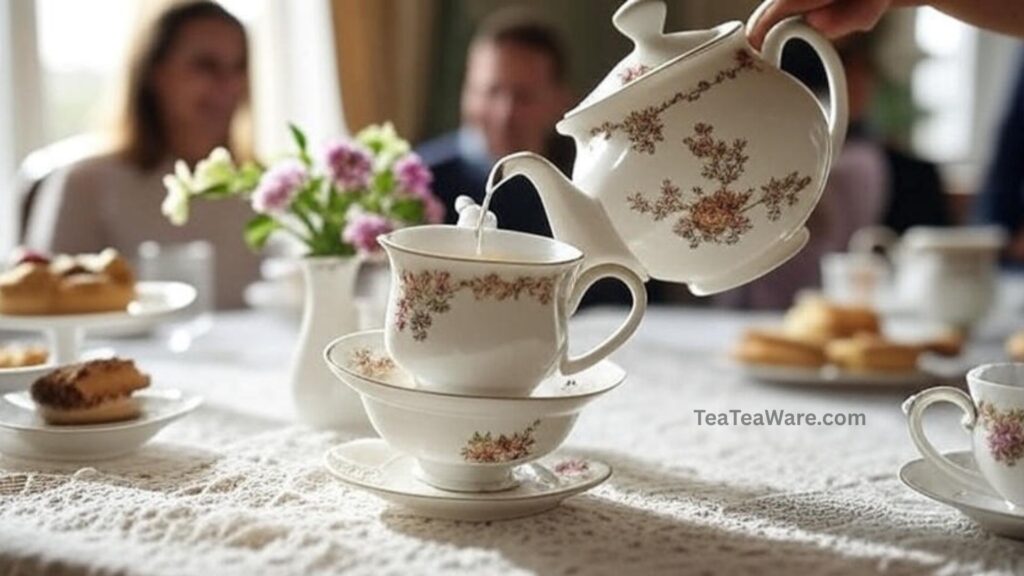
- Black tea served with milk and sugar (popular varieties: English Breakfast, Earl Grey, Afternoon Tea blends)
- Finger sandwiches with fillings like cucumber, smoked salmon, egg salad, or ham with mustard
- Fresh scones served warm with clotted cream and jam
- Sweet treats such as pastries, muffins, or petit fours
Affectionately known as “Five-o-Clock Tea,” this custom offers a delightful pause in the day—a moment to relax, connect, and indulge.
A Quick Look at the History
The origins of afternoon tea date back to the 1840s, thanks to Anna, the 7th Duchess of Bedford. At the time, lunch was served early, dinner late, and the long afternoon gap often left her feeling peckish. To bridge this void, she began inviting friends to join her for a light meal of tea, cakes, and sandwiches.
This private indulgence quickly became a fashionable social ritual among the upper classes. By the late 19th century, afternoon tea had evolved into a national cultural icon. Hotels, tea rooms, and restaurants began offering their own interpretations, cementing it as a symbol of British hospitality.
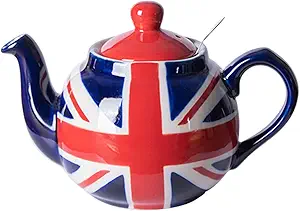
Teapot with Infuser, Ceramic
Designed by British ceramicist David Birch, this iconic teapot embodies traditional English afternoon tea.
Also Read: Best Teacups for Gifting Tea Lovers
The Teapot: More Than Just a Vessel
The teapot is central to afternoon tea, both functionally and culturally. Its roles include:
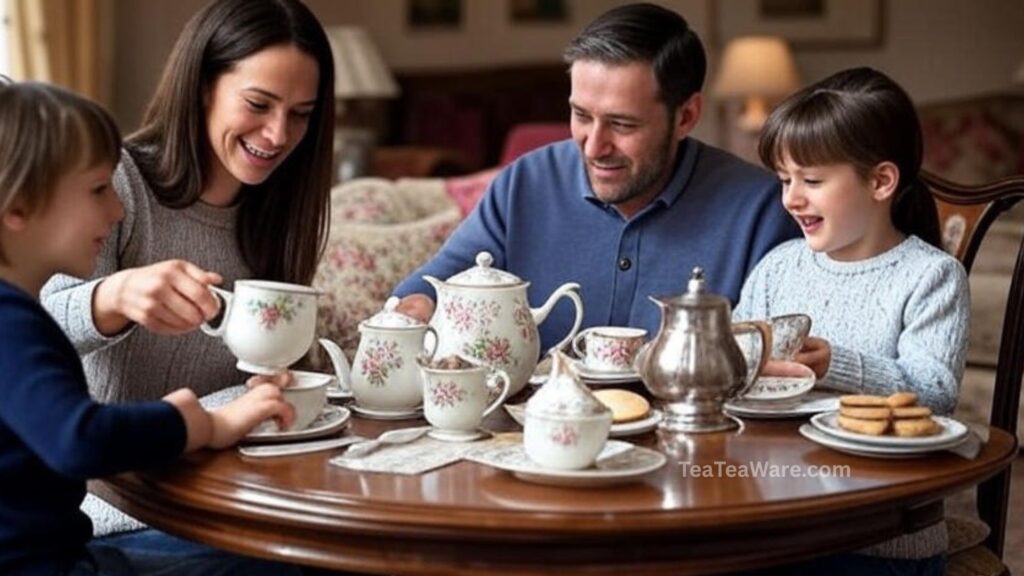
- Enhancing flavor: Loose-leaf tea brews best in a well-designed teapot, especially those with built-in infusers.
- Signaling elegance: Pouring from a beautifully crafted pot into fine china demonstrates care and refinement.
- Encouraging connection: The ritual of sharing tea fosters conversation and social bonding.
Historically, teapots ranged from ornate silver designs in royal households to simple ceramic models in cozy homes. Today, their designs continue to combine aesthetic charm with practical functionality.
Expert Tip: Always pre-warm your teapot with hot water before brewing. This simple step keeps tea hotter for longer and ensures optimal flavor extraction.
What’s on the Table?
While tea takes center stage, the accompanying food completes the experience. A traditional afternoon tea is usually served in three courses:
- Finger Sandwiches – Cucumber, smoked salmon, egg salad, or ham with mustard
- Fresh Scones – Best served warm with clotted cream and jam
- Sweet Treats – Muffins, pastries, shortbread, or petit fours
Pro Tip: Use a cupcake or tiered cake stand to display your treats. It adds a visual centerpiece and makes serving easier.
Modern Twists on Afternoon Tea
Afternoon tea has evolved beyond its Victorian roots. Today, creative adaptations are celebrated worldwide:
- Global flavors: Swap traditional scones for dim sum or pastries with international desserts.
- Tea tastings: Explore teas from different regions, such as Japanese sencha, Indian masala chai, or South African rooibos.
- Themed gatherings: Pair teas with books, movies, or seasonal celebrations for an immersive experience.
- DIY blends: Invite guests to create custom tea blends with herbs, spices, and dried fruits.
Even at home, modern touches can make your tea party unique without losing its charm. Think personalized tableware, seasonal flowers, and curated dessert menus.
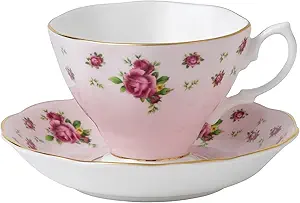
Royal Albert New Country Roses Pink Teacup & Saucer Set
A classic British floral china pattern often seen in traditional tea settings. Adds elegance and nostalgia to any tea table.
Also Read: Is Tea Hydrating? Best Infusers for Herbal Blends
How to Host an Afternoon Tea at Home
Hosting a successful tea gathering is simpler than you might think. Here’s a step-by-step guide:
- Choose Your Teas: Offer a variety of black, green, herbal, or seasonal blends.
- Select Tableware: Teacups, saucers, teapots, and cake stands create a classic aesthetic. Vintage or second-hand china adds character.
- Prepare the Food: Finger sandwiches, scones, and pastries form the foundation. Consider dietary restrictions.
- Set the Scene: Fresh flowers, a pretty tablecloth, and soft background music elevate the experience.
- Serve with Care: Pour tea gracefully, serve milk and sugar separately, and encourage guests to help themselves.
Extra Tip: Adding a DIY tea-blend station or personalized menus can make your tea party memorable.
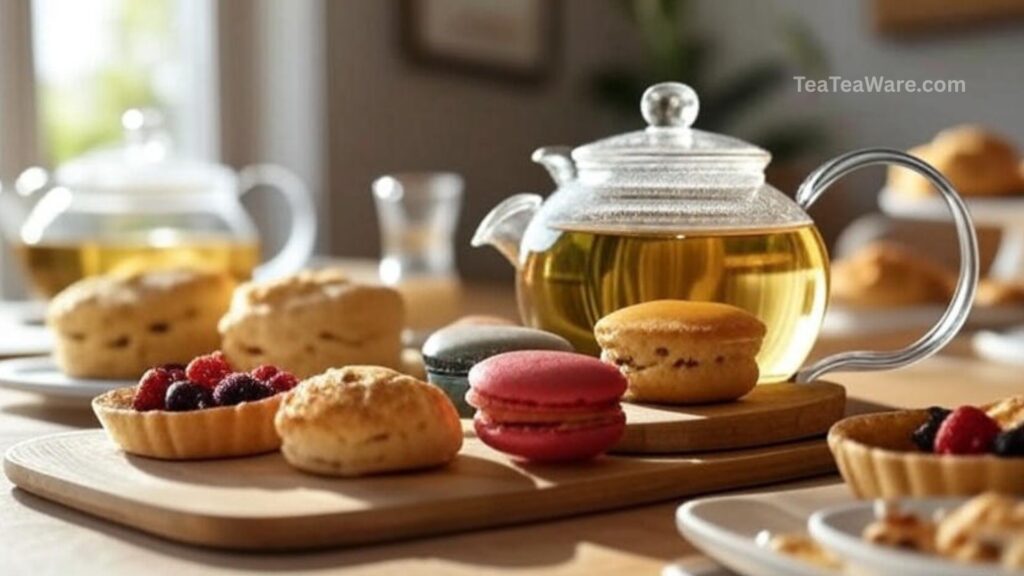
Best Teas for Every Season
Keeping tea selections seasonal enhances the experience:
- Spring: Light, floral teas like jasmine green tea or white tea
- Summer: Refreshing iced teas with fruit infusions
- Fall & Winter: Bold teas like Earl Grey, Assam, or English Breakfast. Herbal teas such as chamomile, peppermint, and rooibos are excellent caffeine-free options
- Bonus: Genmaicha, a Japanese green tea with roasted rice, pairs beautifully with chocolate desserts
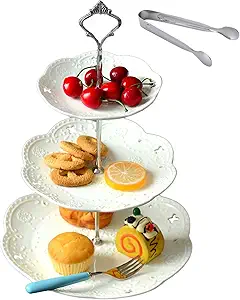
Cupcake Stand- Jusalpha 3
Essential for presenting scones, finger sandwiches, and pastries during a formal afternoon tea.
Also Read: Can You Put Teaware in the Dishwasher? What to Know
The Cultural Significance of the Teapot
Beyond brewing tea, the teapot is a cultural emblem in the UK:
- Hospitality: Offering tea signifies kindness and welcome
- Connection: Tea time fosters conversation and bonding
- Tradition: It links modern life to centuries of British rituals
From ornate silver teapots in royal homes to minimalist ceramics in contemporary kitchens, the teapot remains the heart of tea culture.
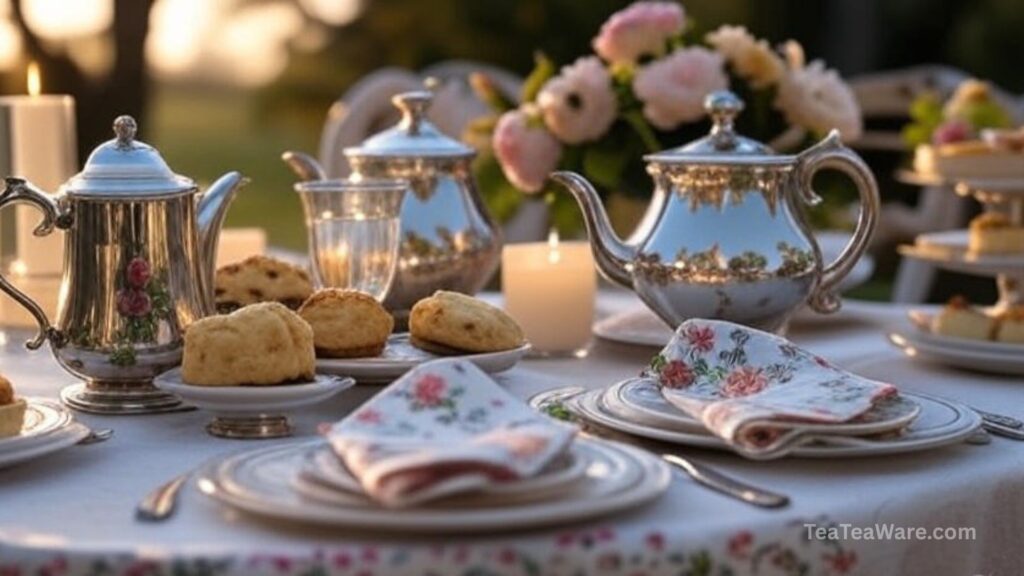
Tips to Make Your Afternoon Tea Extra Special
- Personalized Menus: Print mini menus listing teas and treats
- Themed Decor: Coordinate tableware and decorations with seasonal or color themes
- Interactive Elements: Include DIY tea blend stations for guests
- Vintage Charm: Explore thrift stores for unique teapots and cups
By focusing on these details, your afternoon tea can seamlessly blend tradition with creativity.
Conclusion & Call to Action
Afternoon tea is more than just a beverage—it’s a ritual of connection, tradition, and enjoyment. Whether you stick to classic flavors or experiment with modern twists, the teapot remains central to the experience.
Gather your friends, select your teas, and embrace the art of slowing down. Every cup poured is an invitation to savor life’s small pleasures. Host your next tea party with a mix of tradition and personal flair, and create memories that linger longer than the last sip.
FAQs About Afternoon Tea
Q1.What is the difference between afternoon tea and high tea?
Afternoon tea is a light social snack with tea, while high tea is a more substantial early evening meal.
Q2.Do I need a teapot for proper afternoon tea?
Not strictly necessary, but a teapot enhances flavor and adds elegance.
Q3.Can I use tea bags instead of loose-leaf tea?
Yes, but loose-leaf tea usually provides richer aroma and flavor.
Q4.What’s the best way to serve scones?
Warm them slightly and serve with clotted cream and jam.
Q5.Can afternoon tea be served outdoors?
Absolutely! Garden tea parties are especially popular in spring and summer.




